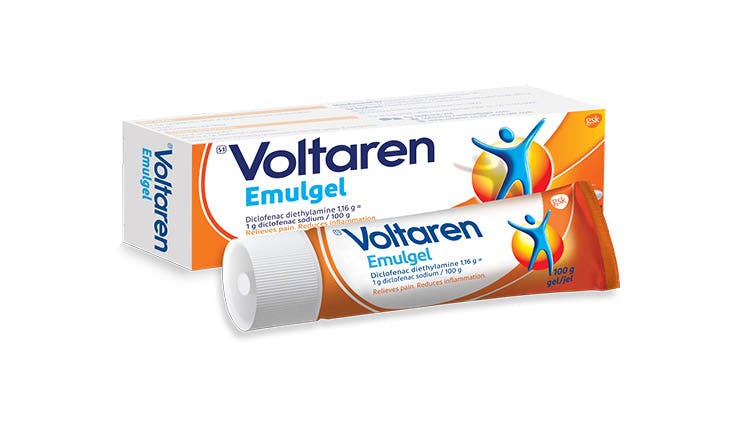Sprains and strains: Signs and symptoms
Recognising sprains and strains
Sprains and strains can be managed relatively simply, so it helps to know how to identify this common type of injury.1
Signs and symptoms
Both sprains and strains cause pain, inflammation and swelling.
- Symptoms of a sprain occur around the affected joint and can also include bruising, loss of function, and mechanical instability if severe2
- Symptoms of a strain affect the injured muscle and can include spasm, weakness and cramping2
Symptom severity depends on both the severity of the injury and the time since the injury took place – it can take up to 24 hours for bruising and swelling to become apparent.2
Understanding sprains and strains
Overview Acute Musculo Skeletal pain
Acute musculoskeletal pain is seen almost every day in pharmacy practice. Many patients will present with pain following a sport or work injury. Many of these injuries can be caused by a patient overexerting themselves and leading to muscle or joint inflammation. Conditions such as low-back pain, muscle pain affect a large number of patient. Most patients with mild to moderate pain can be managed with the large selection of pain relievers.
Learn more


The role of Calpol Tablets and Voltaren Emulgel In managing your Customers pain.
A customer in pain is one of the most common presentations seen in pharmacy practice. Although there are a vast number of conditions that cause mild to moderate pain, many of them can be effectively managed by over-the-counter (OTC) pain relievers.